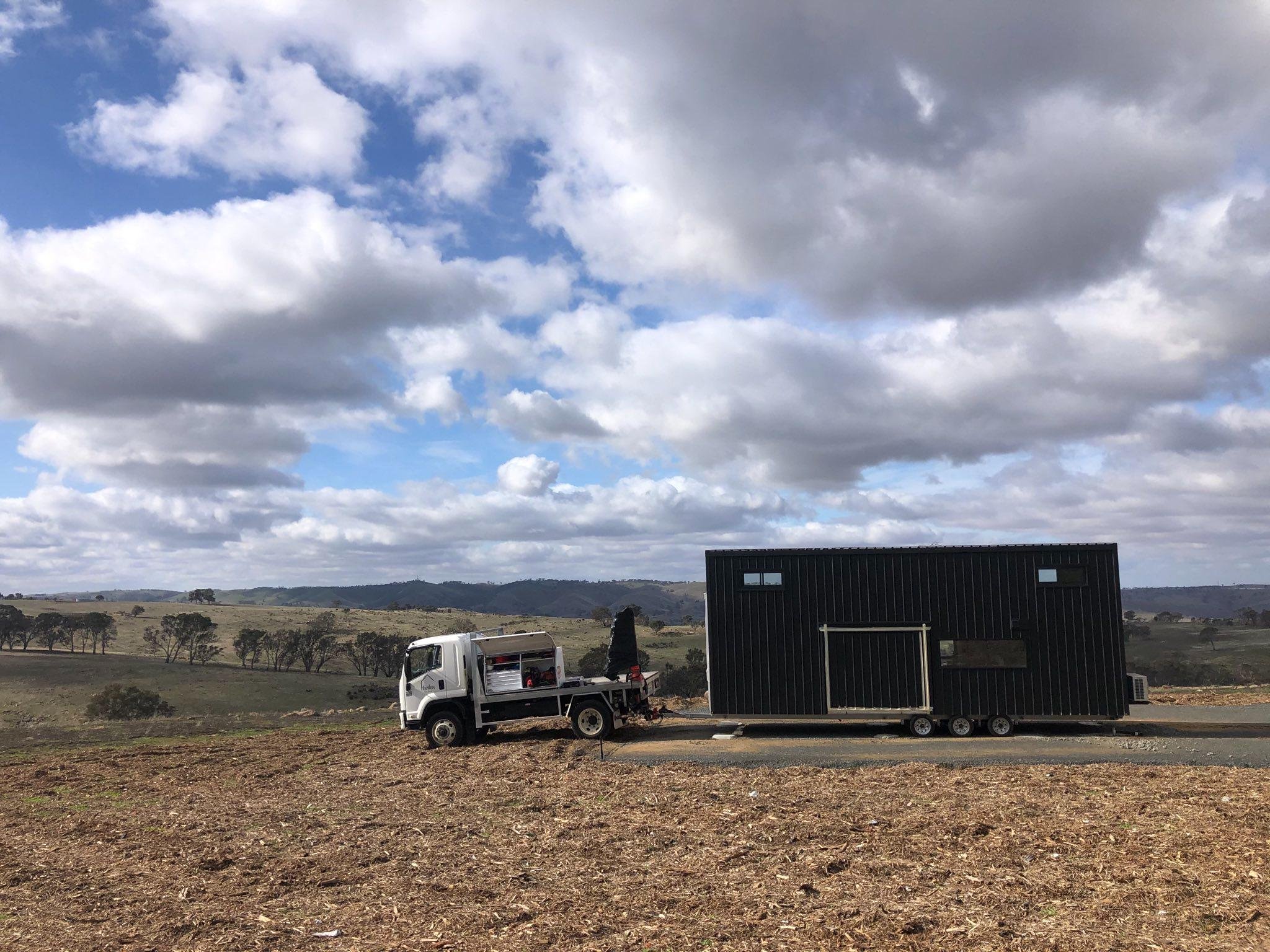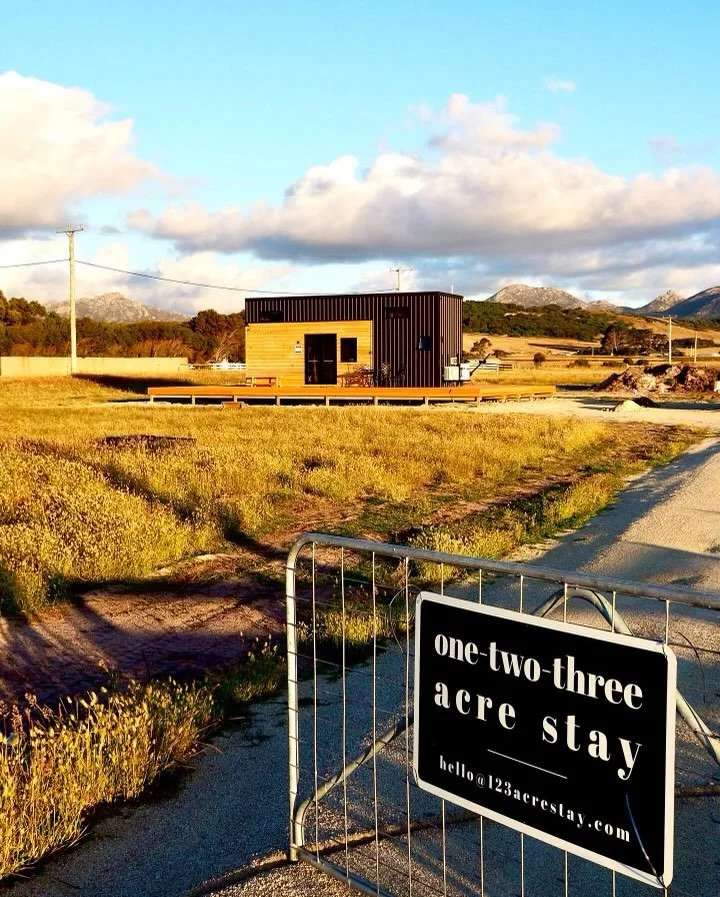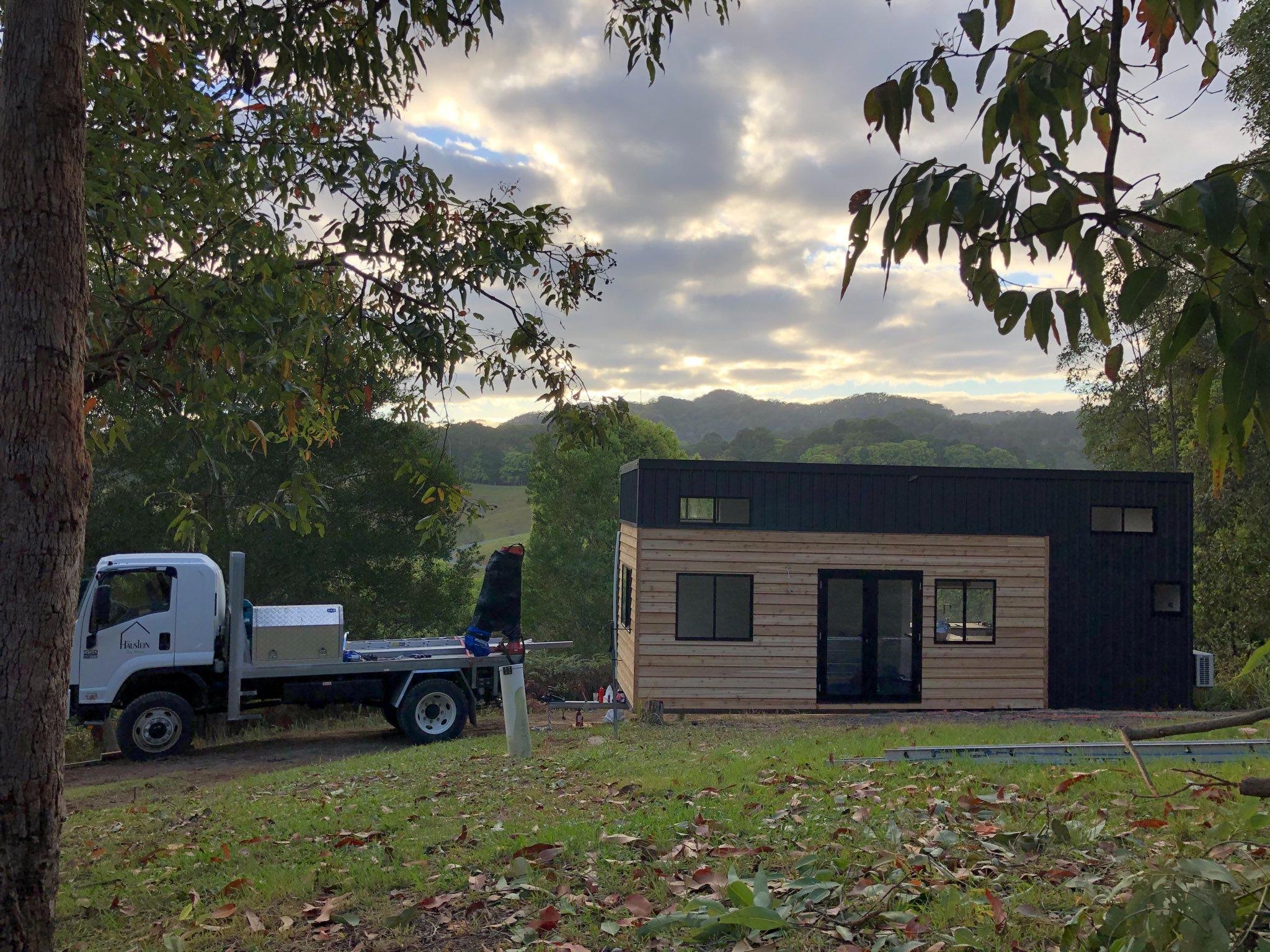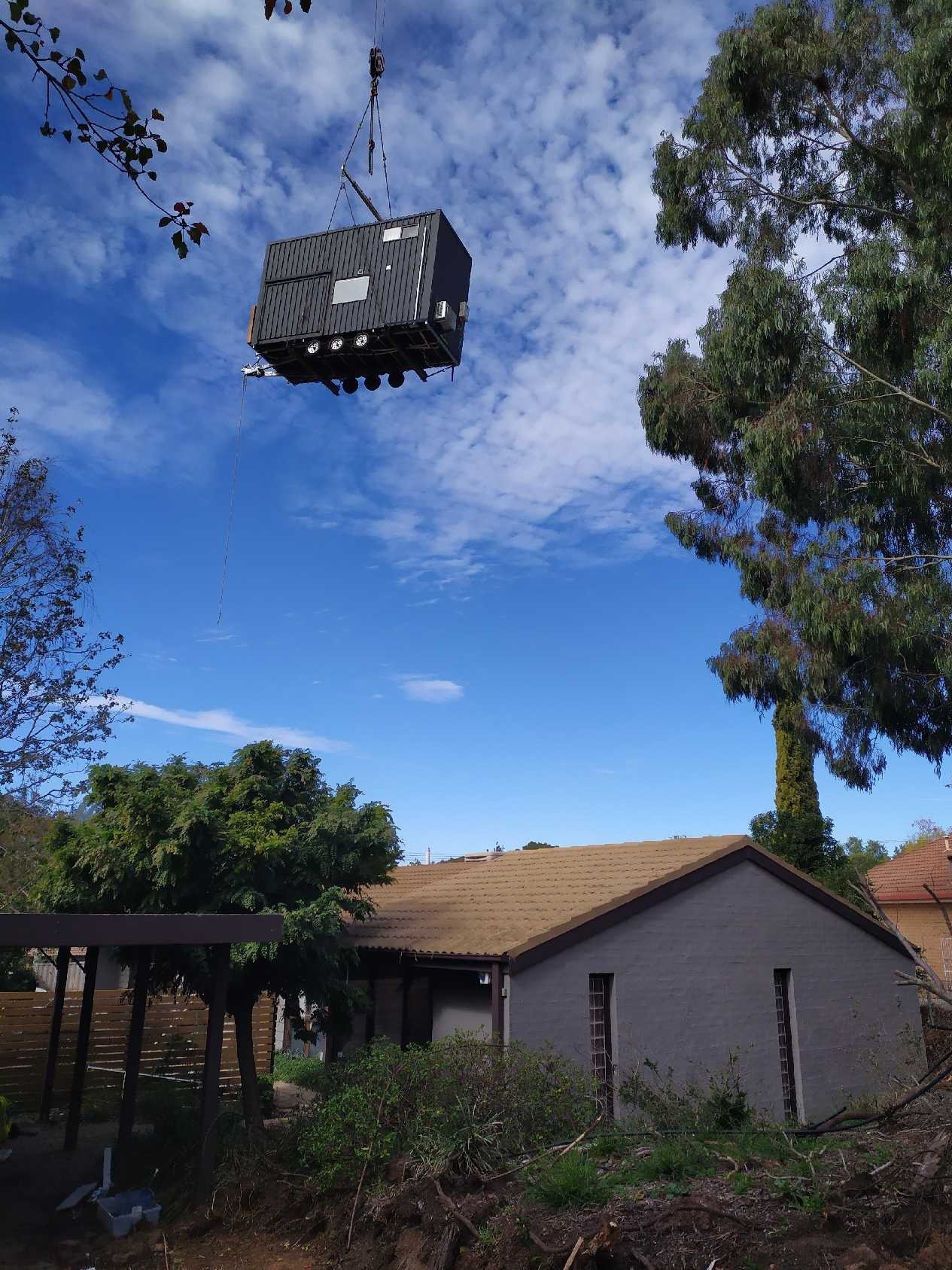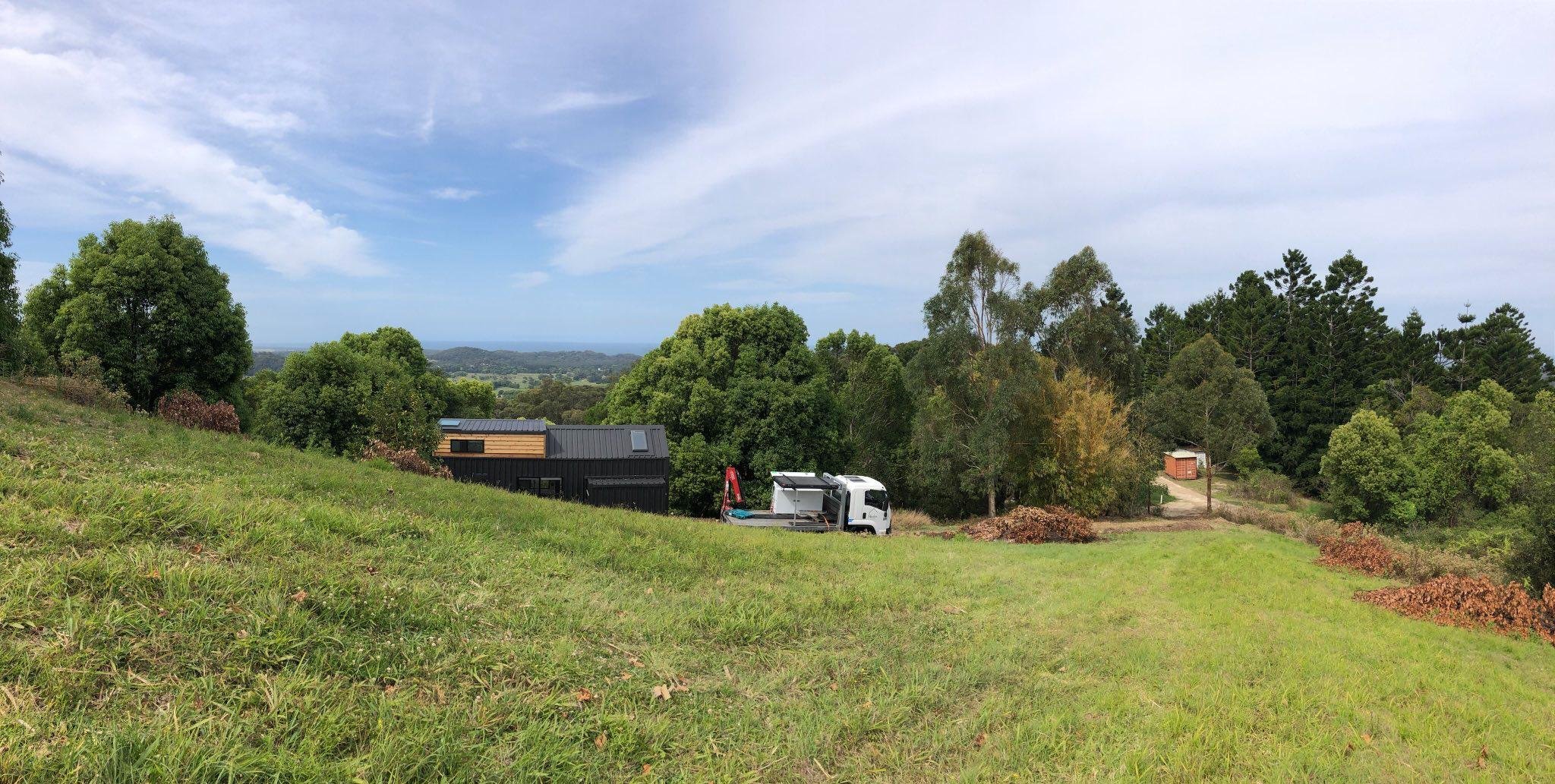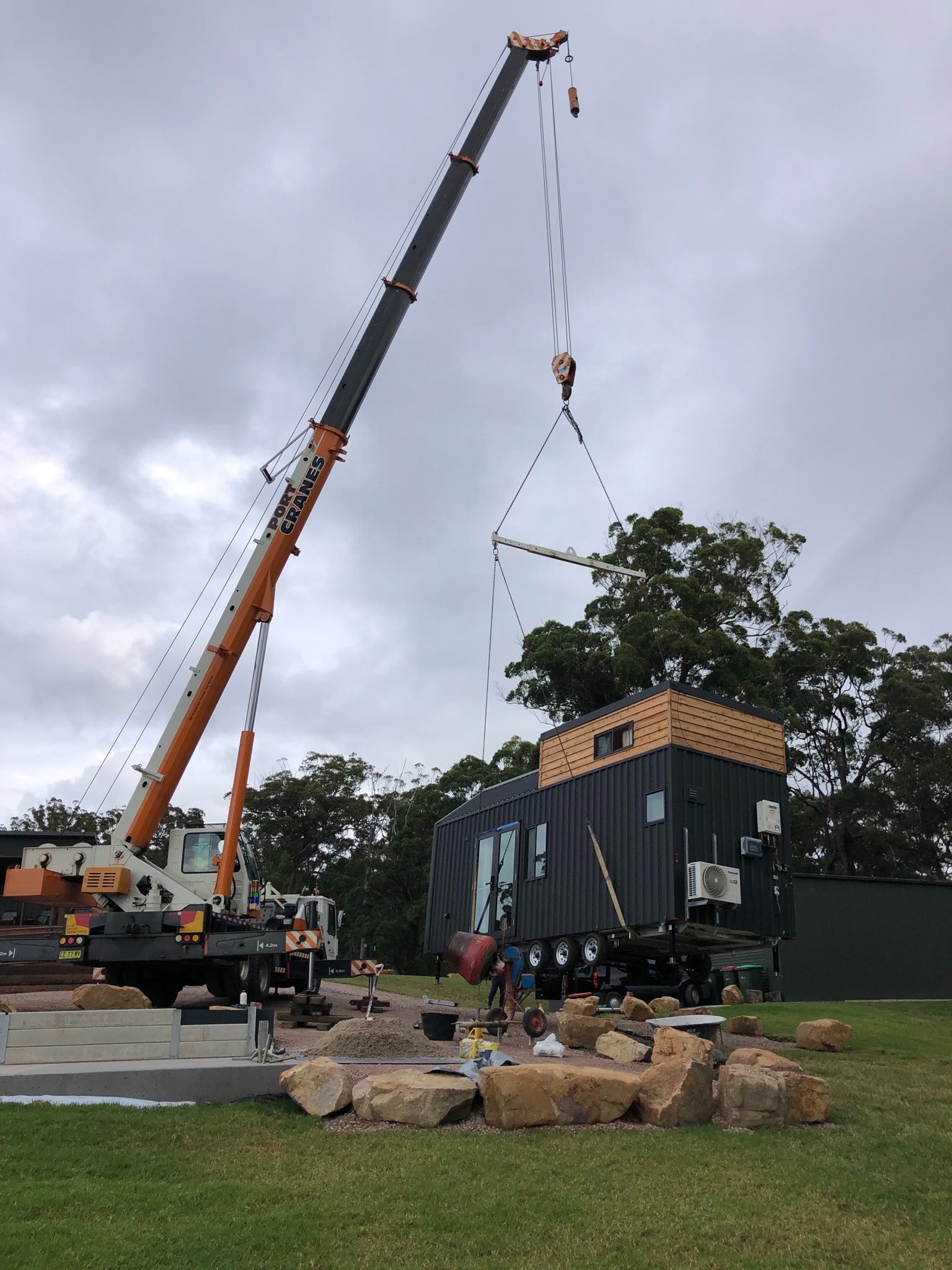Finding somewhere to call home
Finding the right place to park your tiny house one of the very first things you need to figure out.
It’s right up there with how to choose the right tiny house builder, the tiny house design you want to build and how you will finance it.
It also can be daunting task to find somewhere if you don’t know have a friend or family member with property, ready to rent it to you.
The GOOD news
“Many people park their tiny houses in a family member’s backyard provided there is enough space. Multi-generational living is on the rise, bringing families closer together and sharing the cost of living and responsibilities such as childcare, paying the mortgage, managing the garden.”
Thankfully there is plenty of land across Australia ideal for parking a tiny house. Finding land for your tiny house can be done. And more and more people are doing it.
Your path to finding land for your tiny house could be as simple as talking to your family or friends about your plans. It’s the obvious place to start.
But what if you don’t know anyone in the area where you want to live who has a farm or a big enough backyard?
This free tiny house buyer’s guide will give you some ideas.
We recommend you organise your land before ordering your tiny house build with Häuslein. It typically takes us 8-12 weeks to complete a build and have it ready for delivery.
This Häuslein Gunyah tiny house is tucked away on the Mid-North Coast.
Your two options
Even though there’s clearly plenty of unused or under-used land all across Australia, finding somewhere suitable near popular urban centres can be a challenge.
Add in the local council regulations and it becomes important to check what restrictions may be in place before settling on a location.
The decision to purchase or rent land is a personal one that depends on your personal finances and individual circumstances.
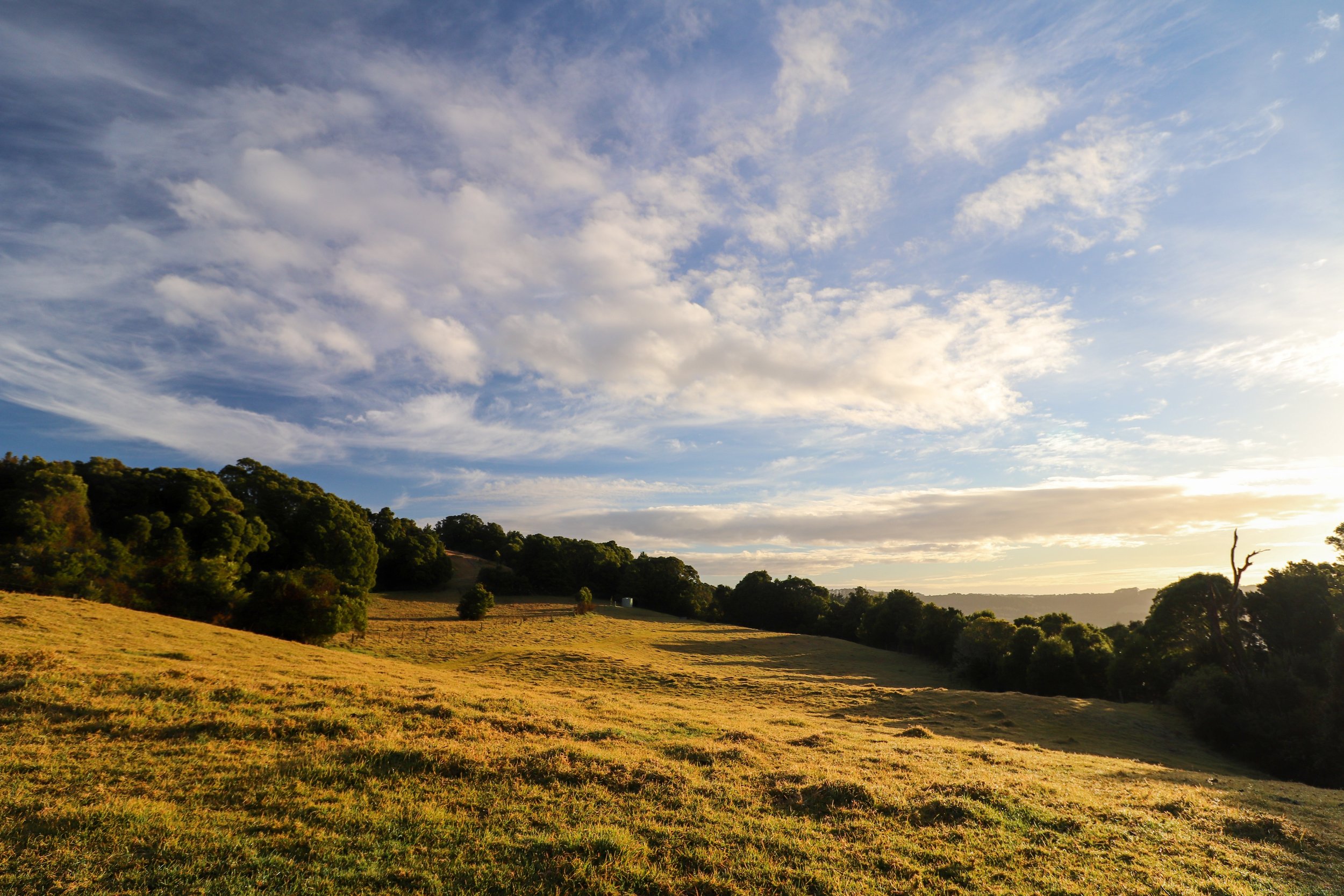

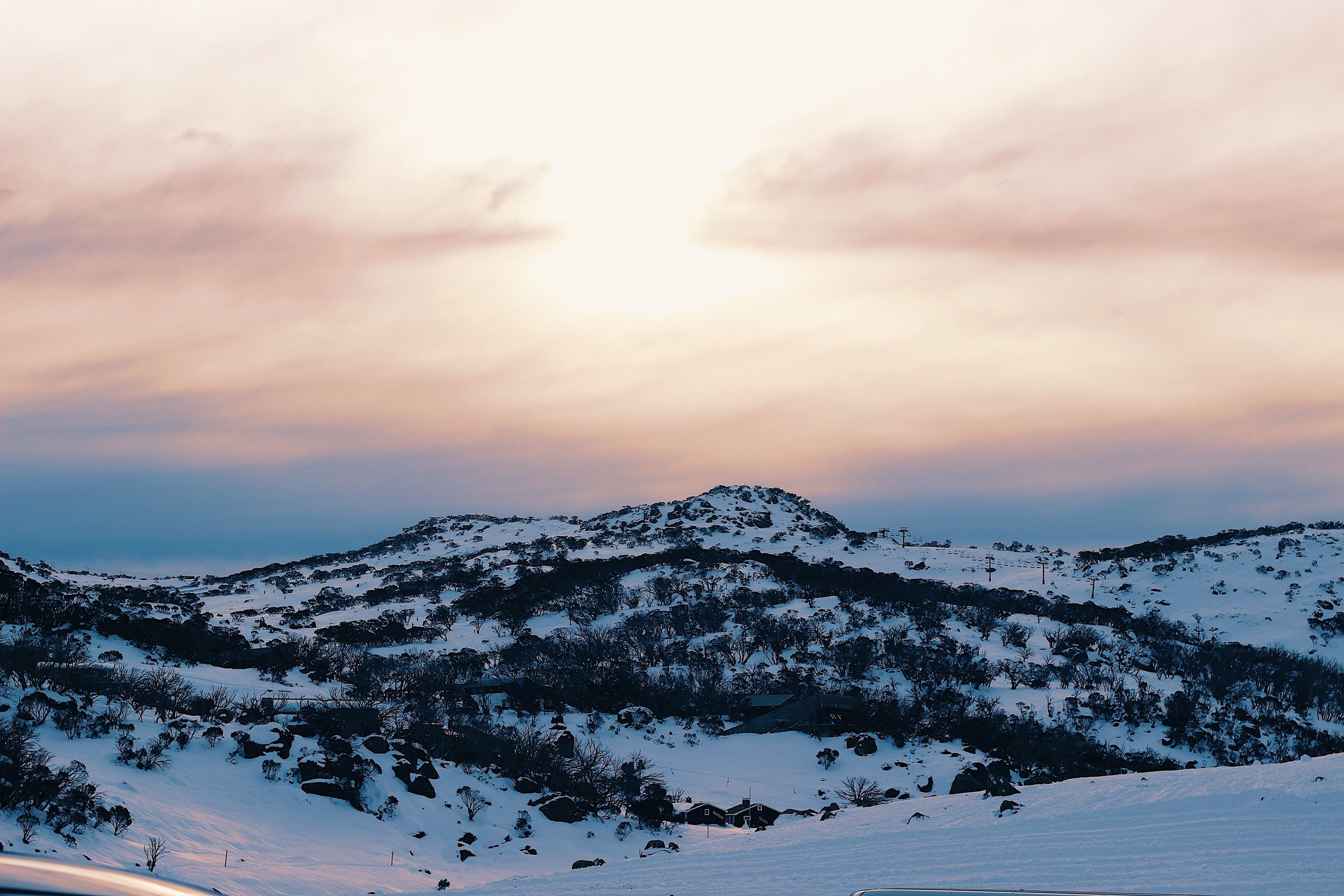
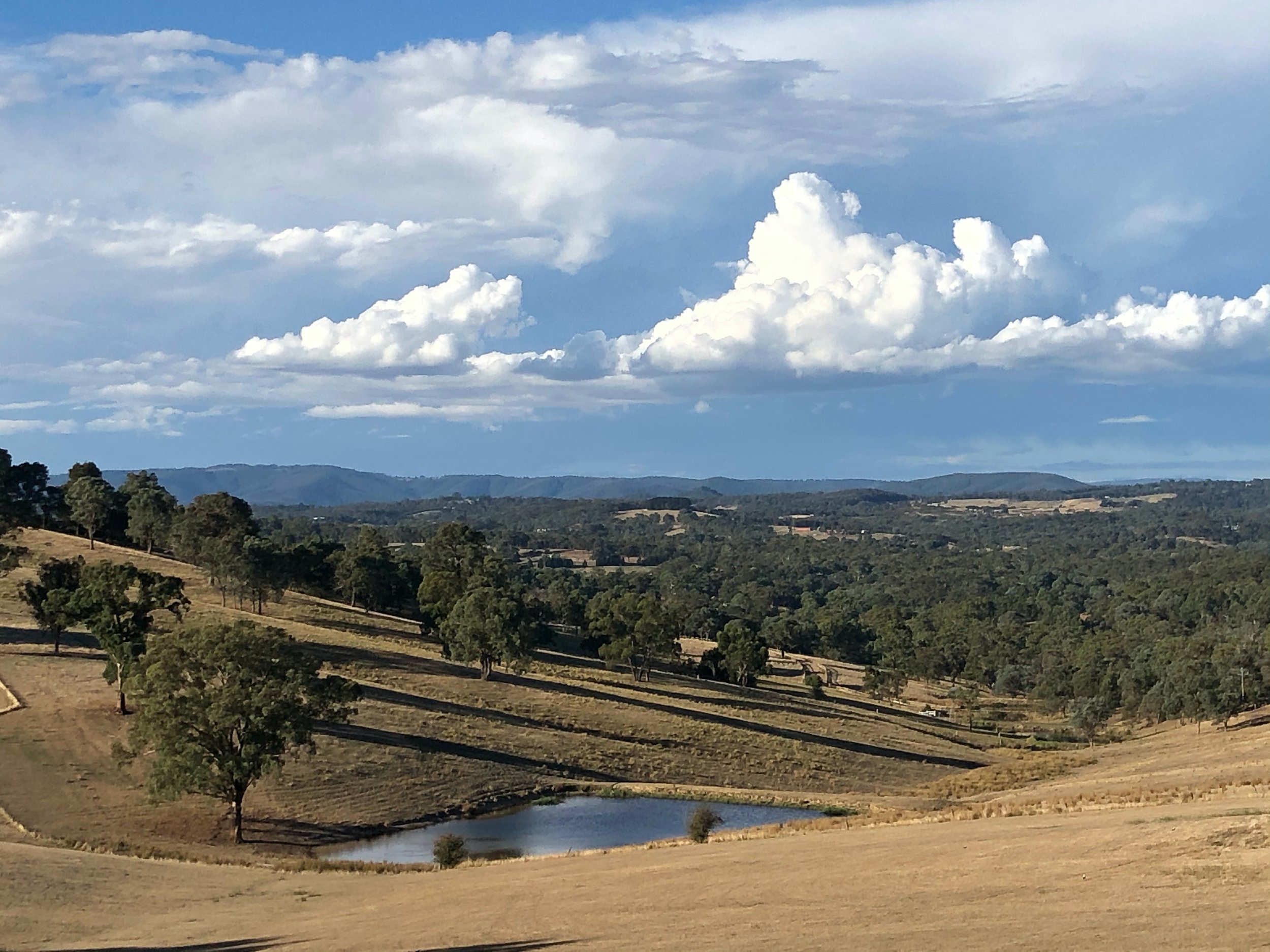
Finding Land to buy
Purchasing land gives more security and privacy, but will be expensive upfront.
To find land to purchase, you can check out these options:
Real estate websites, such as Realestate.com.au and Domain
Speak to your local real estate agents
Facebook groups
Online forums and classifieds, such as Gumtree
Local newspapers and community bulletins
Letterbox drop the area you’d like to live with a friendly flyer explaining that you in the market to buy a parcel of land.
BONUS FOR NSW
New simplified NSW Agritourism planning laws rolled out in December 2022 are expected to be a big win for small farmers and acreage owners, who have 15 hectares or more, making it easier for small farms to host people on their land in tents, buildings, caravans (tiny houses), and campervans.
Finding LAND TO RENT
Renting land is the most flexible and affordable way to live in a tiny house.
You can move your tiny house as and when your life or opportunities change, or you find land to own.
To find land to rent, the following options are worth a shot:
Word of mouth – Tap into your social network online and offline. What we’ve found is that there’s usually someone in your network of family, friends, coworkers or club memberships who has unused land ideal for parking a tiny house. And because there’s a personal connection it’s much more likely to work well.
Facebook Pages and Groups - Dedicated tiny house groups on Facebook are a great place to start. Also think about joining groups about farming or hobby farms in your area etc.
Dedicated Services - Land for rental use for tiny houses is often advertised on dedicated land matching websites such as Tiny Real Estate or Park My Tiny House.
Letterbox drop - Make a friendly flyer explaining the opportunity to people in the area you’d like to live. They might be surprised to find that someone would want to rent a small parcel of unused land.
Look on Gumtree - People sometimes post land that can be rented for various purposes on Gumtree.
Hipcamp - The popular platform matches campers with land owners for short holiday stays. Landowners who have already opened their property up to campers may also be open to having a someone stay in a tiny house on their property on a more long term basis.
Local newspapers and community bulletin boards - Post a message on your your local notice board on Facebook and see what it turns up.
Real Estate Rental Agents - Real estate agents typically won’t advertise unused land for rent so you may need to call them up and ask them put their feelers out. They’re not likely to be the most motivated to help you in your search, however you might just find someone to help.
Rural or agricultural land shows - AgQuip Field Days can be a great way to network with land owners. Since December 1, simplified planning rules apply to farmers in NSW to conduct tourism-related businesses on their land. Any farm or hobby farm of 15 hectares or more, are eligible to have campers or caravans stay on their property. This may open up more opportunities for tiny houses to go on the land.
“I am just so grateful for everything you all have done for us. I look forward to more Häuslein Tiny Houses from you in the future.”
How to make an Approach
It is well worth the effort to establish a positive relationship with your landlord right from the get-go as this can greatly impact the success of the tiny home project.
Show a picture of what your tiny house could look like, describe a little bit about you and how long you’d like to park your tiny house on their land, and present a price range of how much you’re willing to pay.
CHECK THE SIte access
Good access for transporting a tiny house is really important. Hauslein have delivered tiny houses to locations all over Australia into some tight spots, up steep driveways, over creeks, and through dense forest.
As a minimum the access road to your tiny house site needs to be 3m wide with 4.3m high clearance. Overhanging trees will need to be trimmed back.
You’ll need a clearing with a flat level area to park your tiny house. A concrete slab is a nice-to-have but not required. You can use concrete pads or compacted crusher dust / road base to support the stabilising landing legs under your house.
Think you’ve found somewhere?
As part of our sales process we offer site inspections to assess the delivery route to make sure your tiny house site is viable for delivery.
rental lease template
We encourage tiny house owners to treat the rental of land the same as a standard rental lease agreement which includes the following information:
The names of the landlord and tenant
The location and description of the rented area, access to driveway to the tiny house
The start date and length of the lease
The monthly rent amount, bond and payment method.
The responsibilities of both the landlord and tenant e.g. adequate rubbish collection. The property owner may be able to order an extra bin and pay a little extra for its pickup. If you're way out in the sticks, you may need to purchase some bins and do your own tip runs.
How the lease can end including a notice period
Any restrictions on the use of the land or the tiny home including who maintains the land around rented area and in what condition the land will be returned after the rental agreement ends.
Dispute resolution process should any problems arise.
In conclusion, finding land to rent for a tiny house in Australia is a viable option with many opportunities available. By doing the proper research and establishing a good relationship with the land owner, anyone can successfully find and secure a parcel of land to install their dream tiny home.


